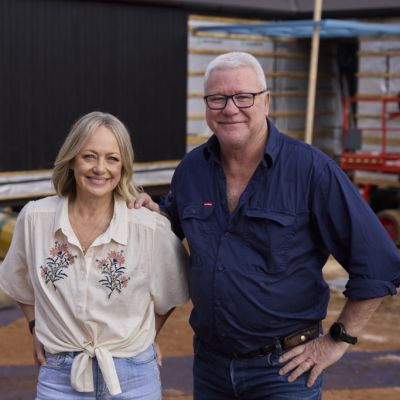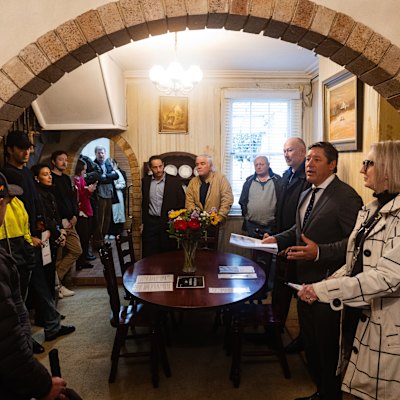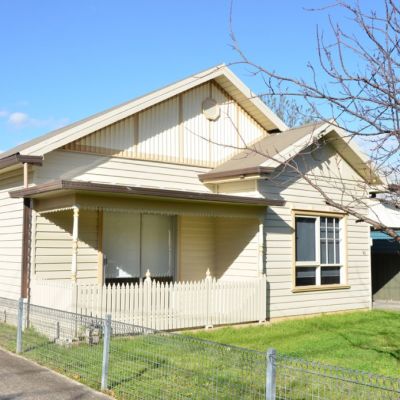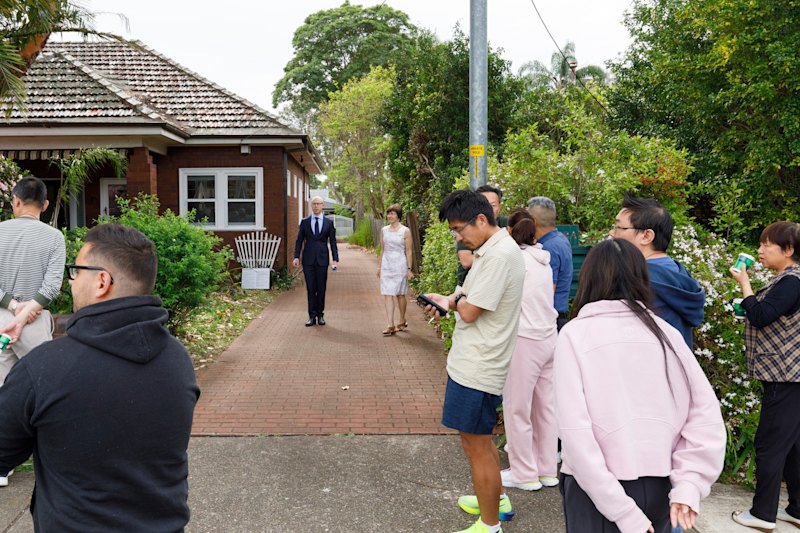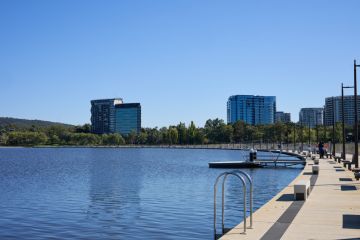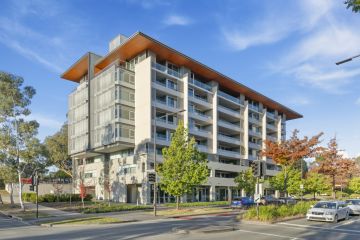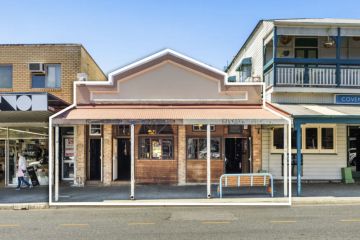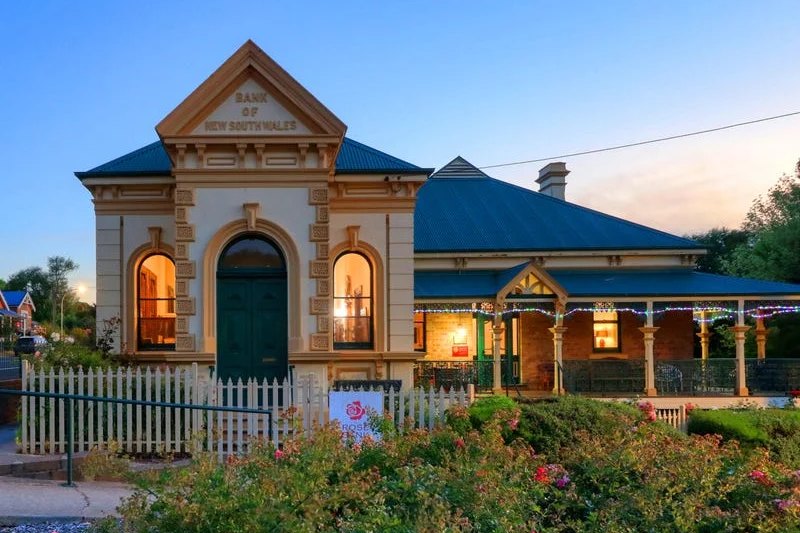‘It only gets worse’: How it got even harder to buy a home
House prices have skyrocketed to a fresh record of close to 14 times the average annual wage, compared to around just three times the wage 100 years ago when both figures started being tracked.
It’s also jumped from 4.5 times the wage in 1975, 6.5 times in 2000, nine times in 2015, to 13.9 now, according to new longitudinal data.
There’s even little relief in sight when home prices are matched to median household disposable income. In 1981, when those figures were first collated, home prices were three times the size of income; now they’re eight times more.
AMP chief economist Dr Shane Oliver, who compiled the research, said these are deeply disturbing results. “It’s awful, and we complain about it, but it only gets worse,” he said.
“House prices compared to both wages and income are now around record levels and, while there was a bit of a dip last year, it’s now bounced back again.
“Some states are pulling the ratios down, like Victoria and Tasmania, but other states are pulling them up, and now prices are rising across the country, it’s likely to get even higher.”
Oliver’s study, using figures from the Australian Bureau of Statistics, Cotality and AMP, delivers grim tidings to potential property buyers. First time home buyers, he estimates, would only be able, on average, to borrow $520,000 to buy a house.
When the median house price in Sydney sits at $1,722,443 and in Melbourne $1,063,719 on the latest Domain House Price Report, many would be unable to get into the market, without additional funds from, for instance, the bank of mum and dad.
“The only people who can otherwise afford to buy are those trading up, using the equity in their existing homes to afford another,” Oliver said. “It’s just getting harder and harder.”
Mortgage broker Alex Lambros, director of Loan Market Unlimited, sees a lot of hopeful buyers missing out regularly as a result of not being able to borrow enough money to bridge the gap between prices and incomes despite rate cuts.
“What we are seeing more of as a result is people redefining what they’re willing to buy rather than not enter the market,” he said. “It’s an adjustment of expectation.
“They might buy a unit rather than a house, or move further out of the cities where they can afford to buy and get more value for their money.”
A similar median price-to-income ratio study, the Demographia International Housing Affordability report, using a different method, has Sydney house prices now at 13.8 times the median household income, making it the second least affordable city analysed, behind Hong Kong. Melbourne’s ratio is also “impossibly unaffordable” at 9.7.
The drivers behind the growing gap between wages and income and house prices are mostly supply and demand, according to Oliver. House prices have jumped over the past quarter in all cities, largely as a result of interest rate cuts, and the hope of more, which have boosted buyer confidence. Then there’s a chronic shortage of homes to buy, estimated at around 200,000, and possibly even as many as 300,000.
“It will continue getting more difficult for people over time to keep up with the rise in house prices,” Oliver said. “While interest rate cuts will enable people to borrow more, we won’t see the same downward trend in rates that we’ve seen in recent years and over the pandemic, when they fell back to 3 per cent, 2 per cent, as low as 0.1 per cent.
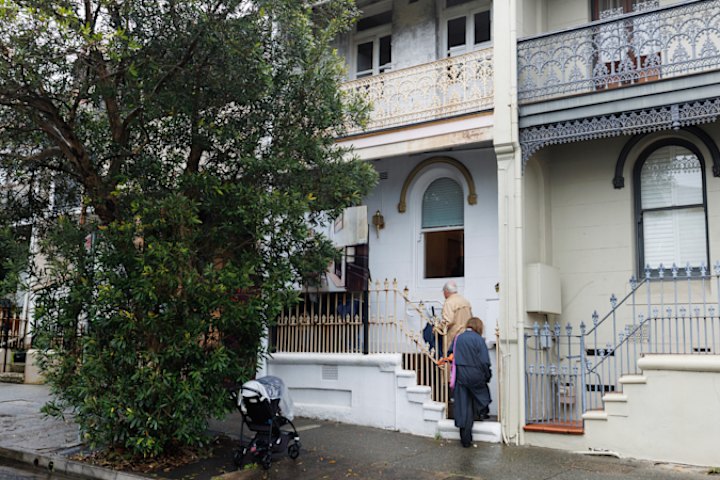
“So we’ll continue with prices going up as more people chase a limited number of houses. The only restraint on the growth in those price-to-income ratios will be when people aren’t able any longer to get the money they need. We don’t know quite where it will end.”
PRD chief economist Dr Diaswati Mardiasmo says the only surprise in the rising ratio is that it’s not even higher. Only the wage growth of 4-5 per cent since COVID – compared to the 2-2.5 per cent before – has helped peg it at 13.9 instead of maybe 18.
“It could go as high as 18 unless we build more homes or change preferences,” she said. “On the supply side, we’re still not building enough houses and haven’t yet caught up to the construction and labour costs after COVID, and reduced the red tape.
“On the demand side, people still prefer houses over units. We haven’t really got enough into all the different types of houses that could be available, either, like tiny houses, modular homes, space capsules, 3D-printed homes and prefab manufactured housing. The next generations have to be more adaptable to that.”
We recommend
We thought you might like
States
Capital Cities
Capital Cities - Rentals
Popular Areas
Allhomes
More
- © 2025, CoStar Group Inc.
